Calculation of Shear Force, Bending Moment, Slope and Deflection of a Beam
VerifiedAdded on 2023/06/14
|9
|1278
|111
AI Summary
This article explains the calculation of Shear Force, Bending Moment, Slope and Deflection of a Beam with solved examples. It also covers the concept of centroid and center of gravity. The calculations are done for a specific beam with given data of Young Modulus and Moment of Inertia. The article also includes graphs and equations for better understanding.
Contribute Materials
Your contribution can guide someone’s learning journey. Share your
documents today.
1 out of 9
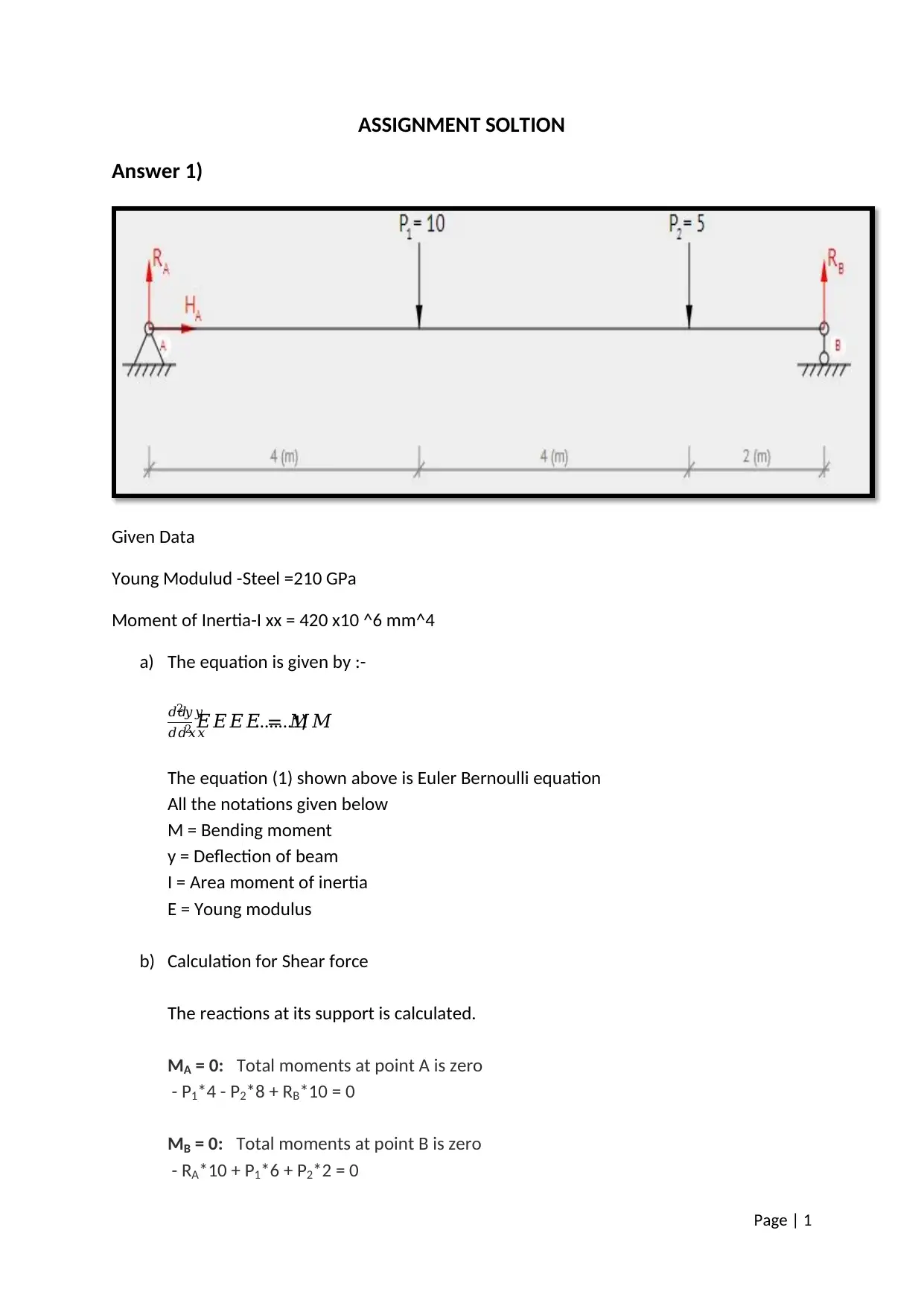
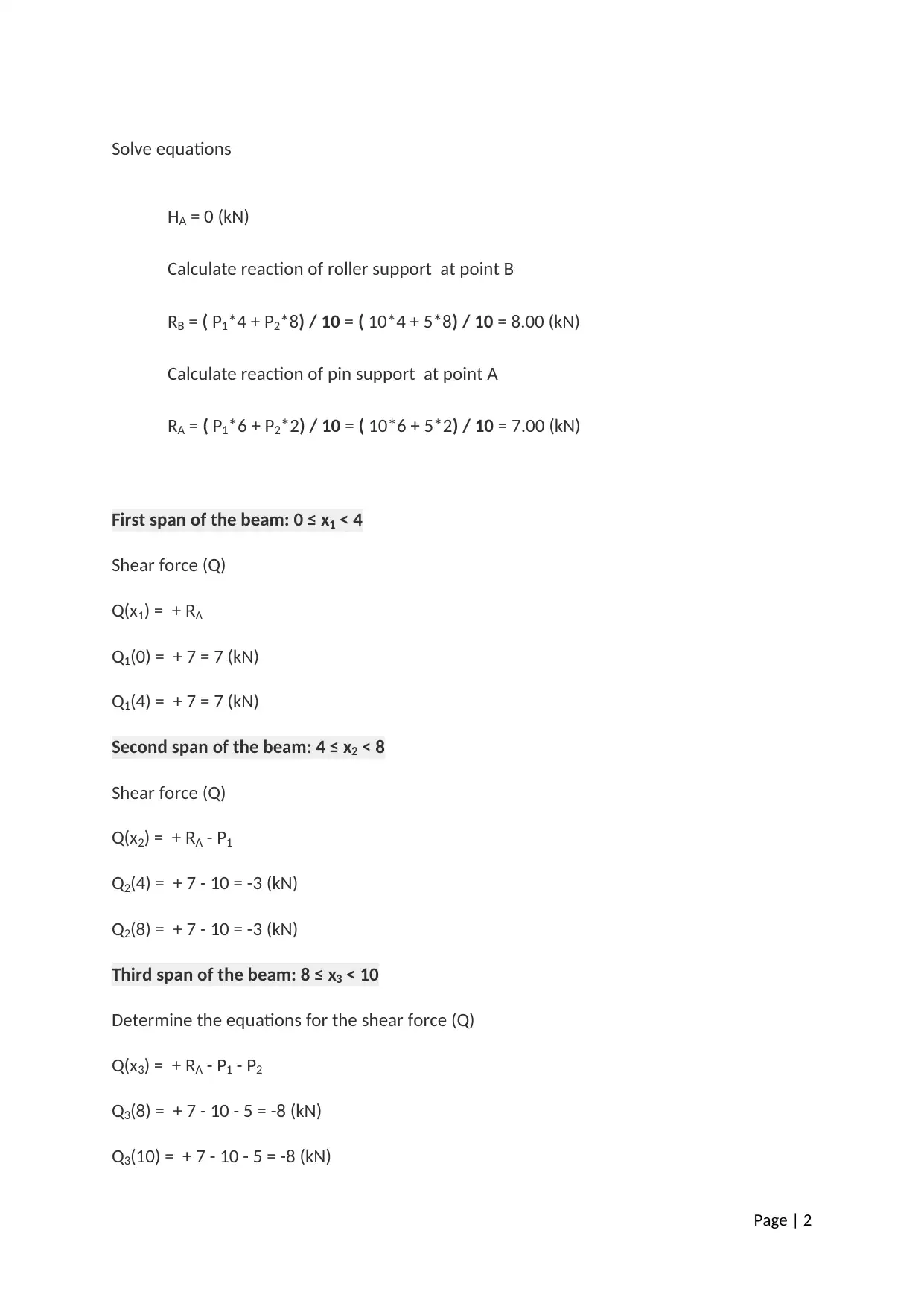
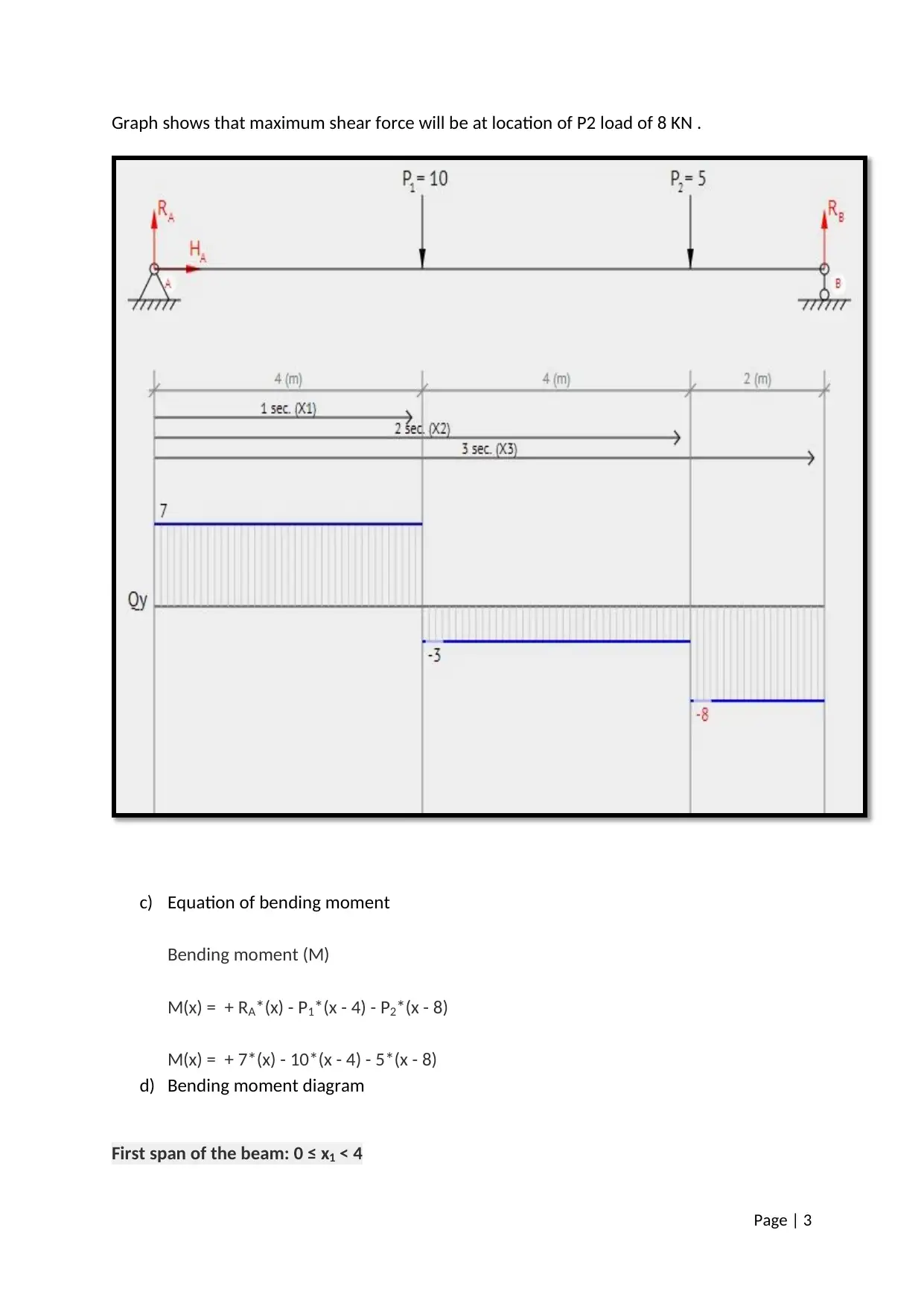
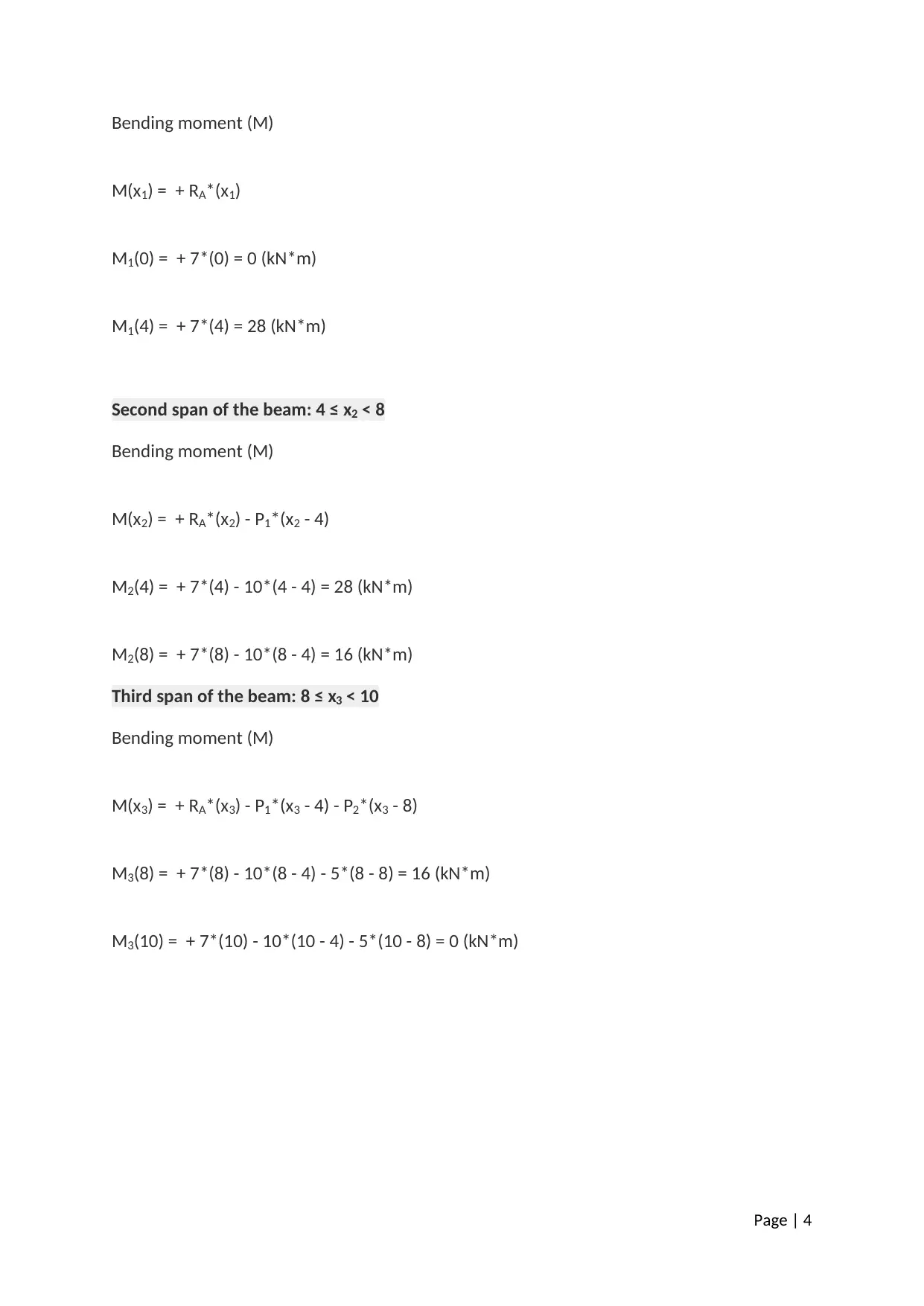
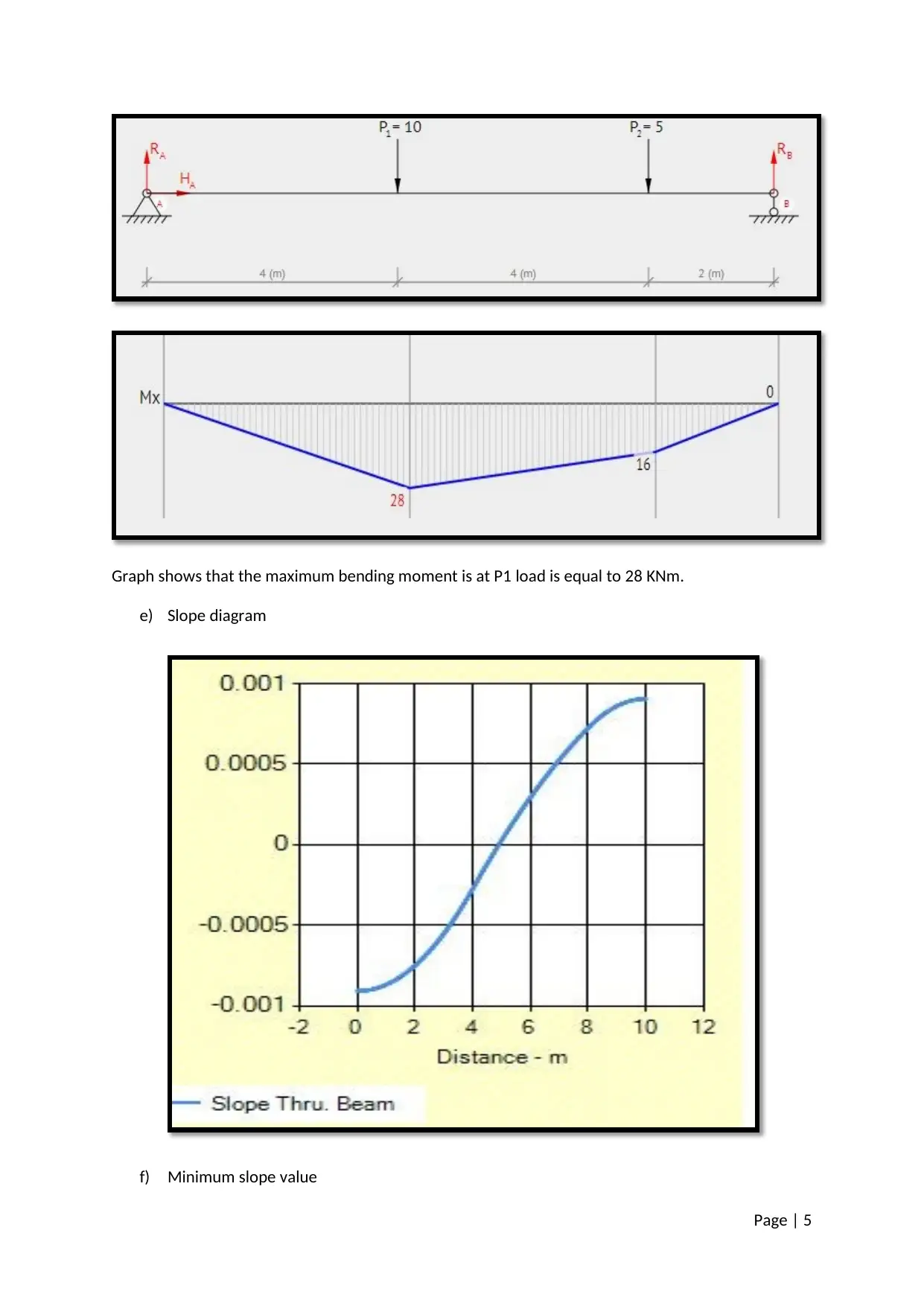
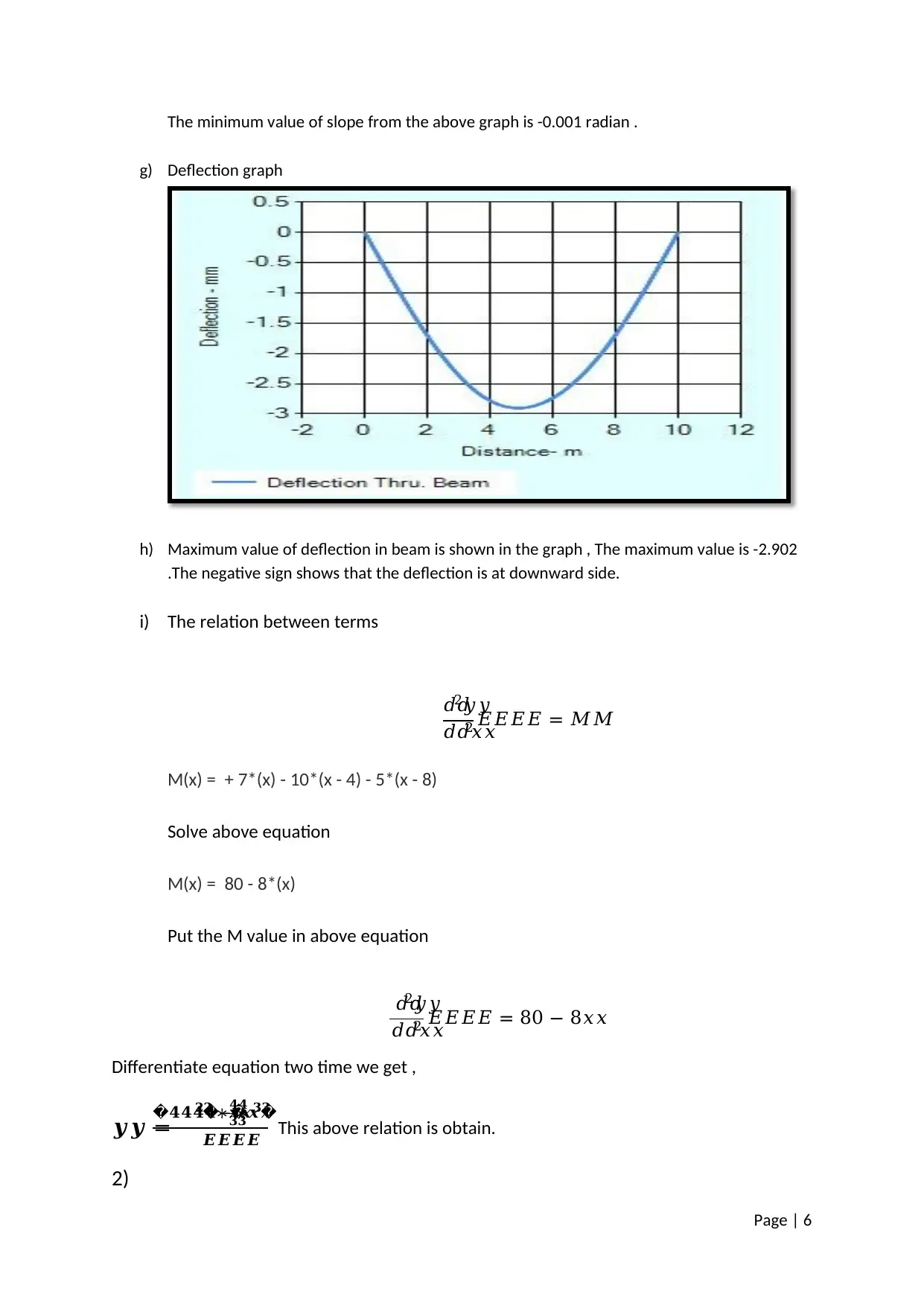
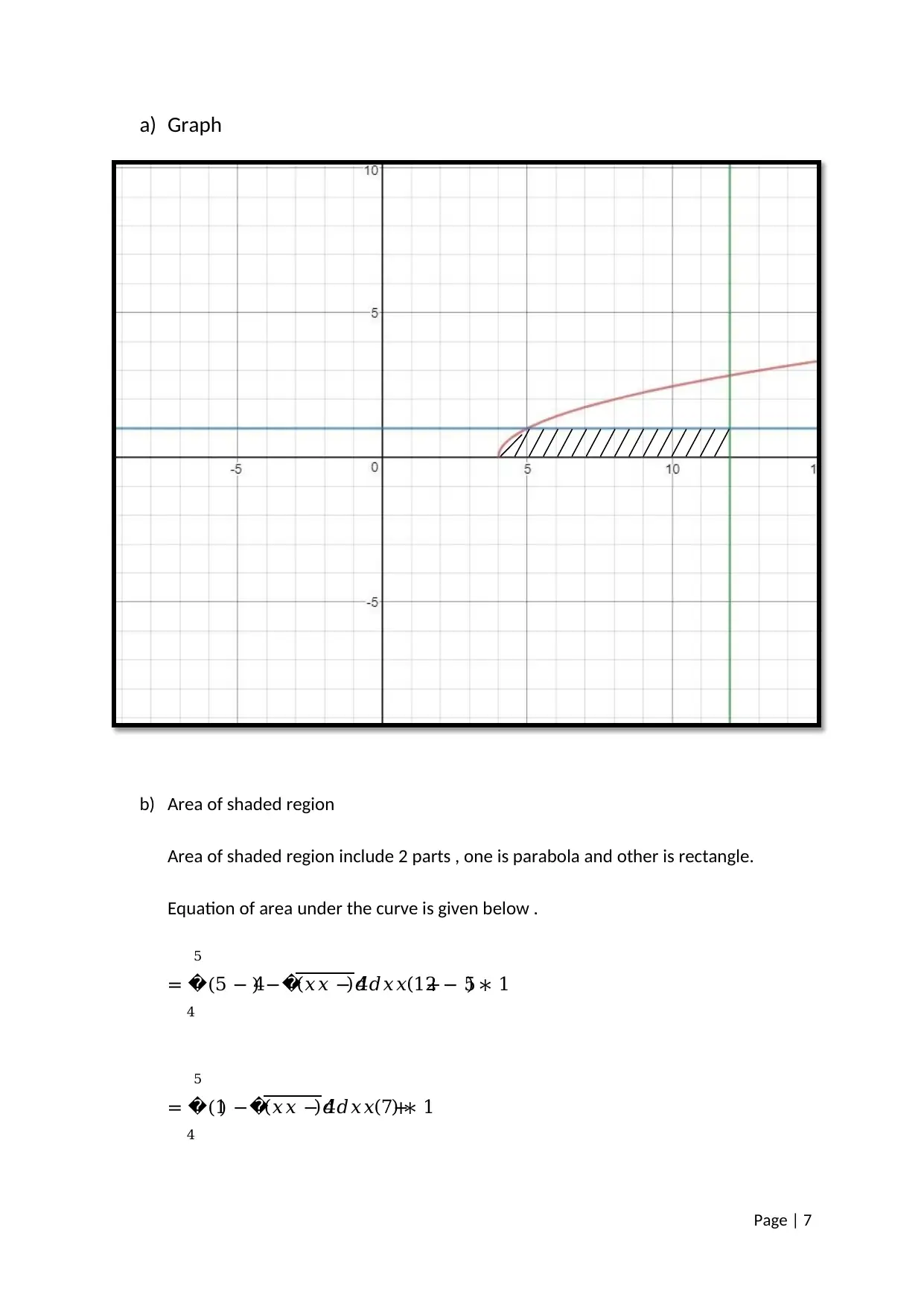
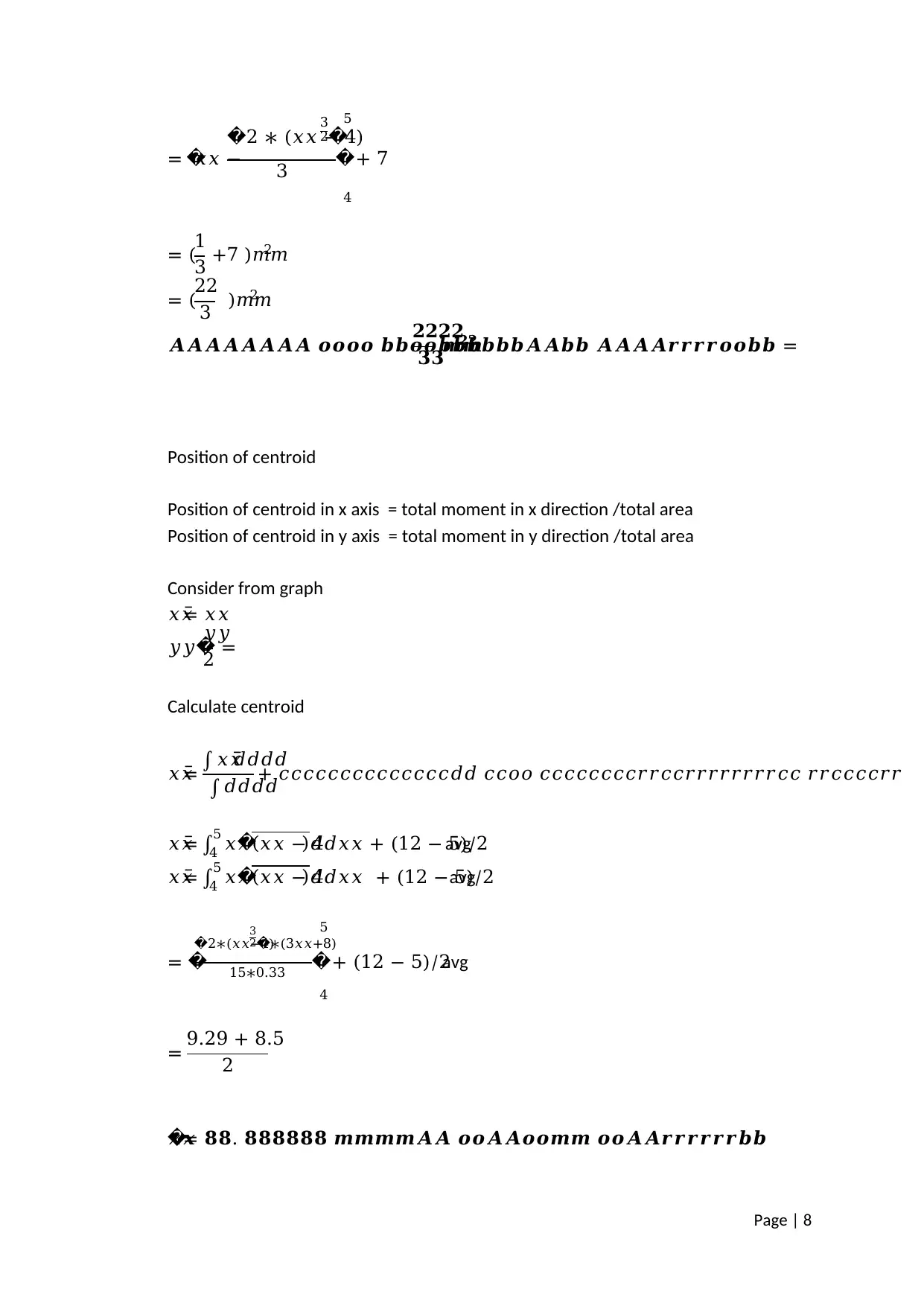
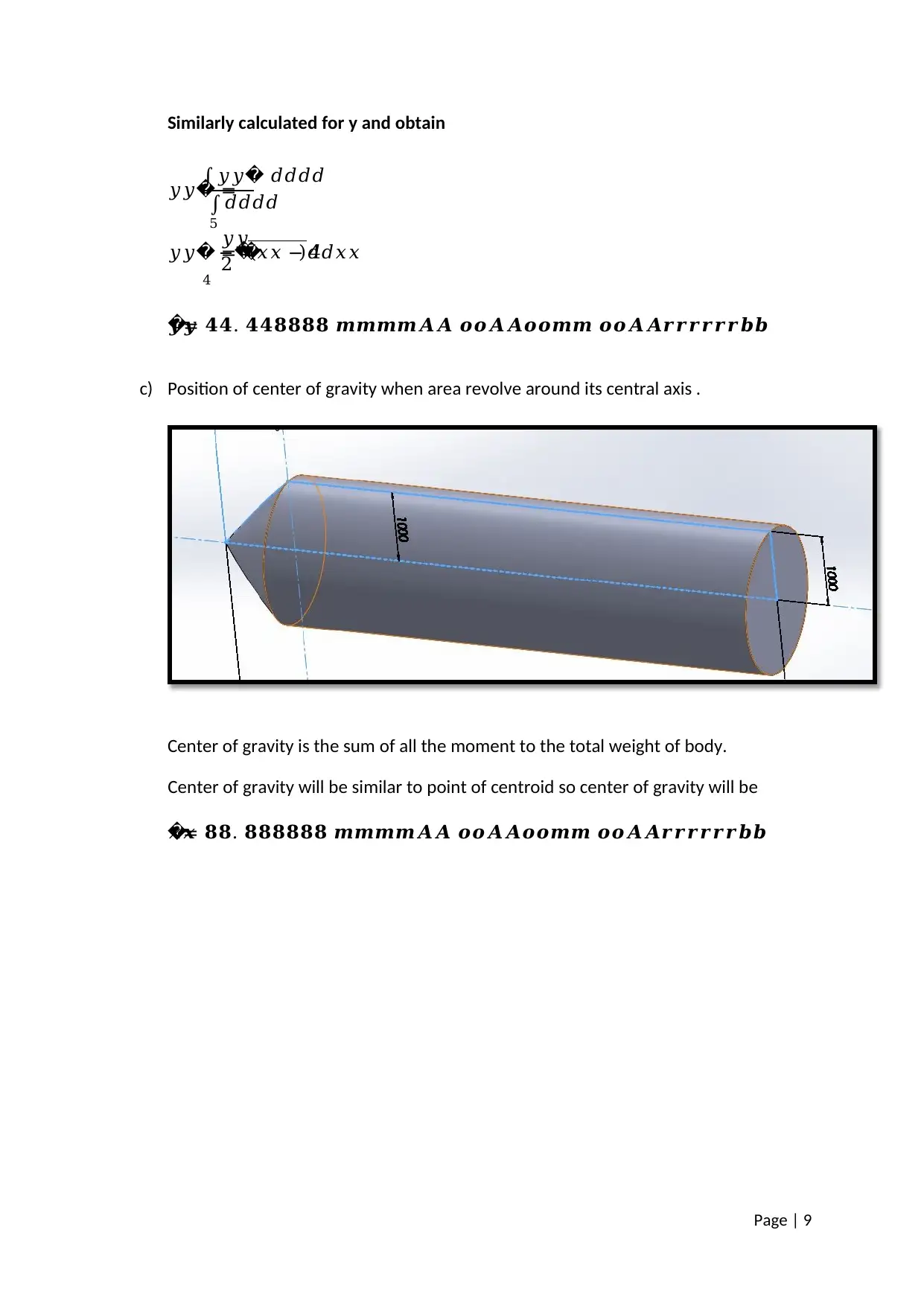





![[object Object]](/_next/static/media/star-bottom.7253800d.svg)